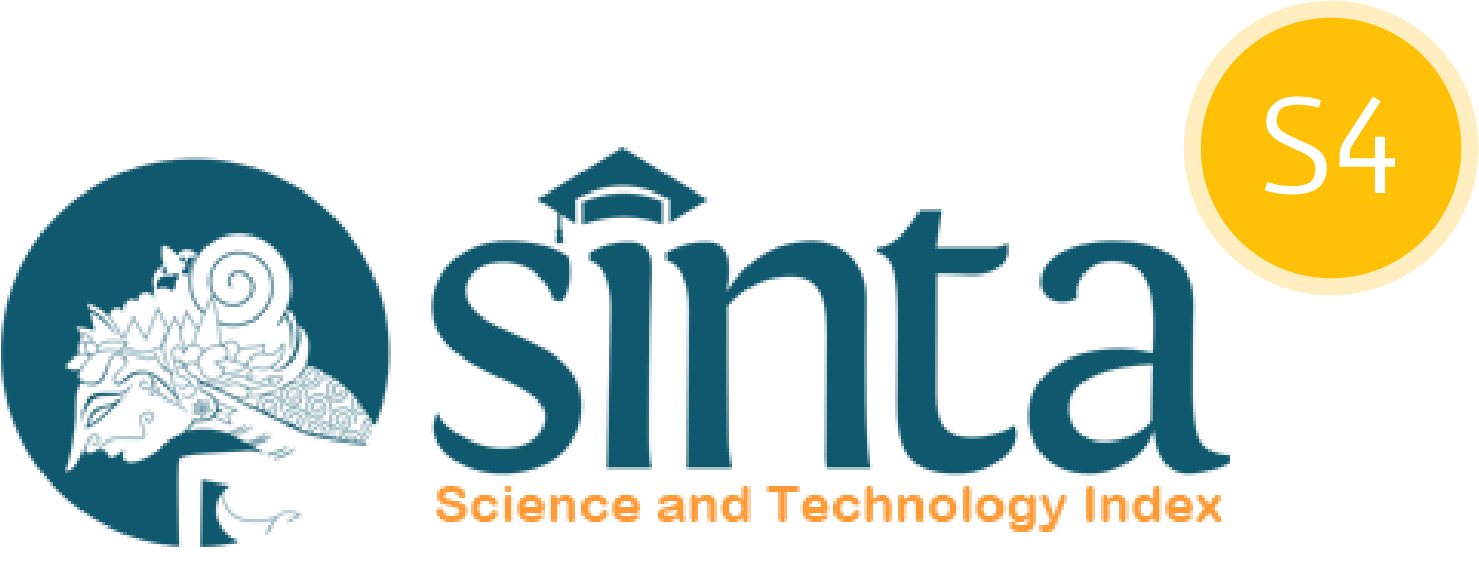Digital Philanthropy and Community Empowerment Model: An Analysis of the Role of the Sedekah Rombongan Movement in Indonesia
DOI:
10.29303/ujcs.v6i3.1156Published:
2025-09-30Issue:
Vol. 6 No. 3 (2025): SeptemberKeywords:
Community Empowerment, Philanthropy, Sedekah RombonganArticles
Downloads
How to Cite
Downloads
Metrics
Abstract
The philanthropic movement in Indonesia has undergone significant changes with the emergence of organisations such as Sedekah Rombongan (SR), which utilises digital technology and religious values in its operations. SR was born from grassroots initiatives and developed into an organisation with significant impact. This study aims to analyse the role of SR in empowering marginalised communities, with a focus on the operational model that integrates survey, benefit, and assistance. A descriptive qualitative method was used to explore the experiences and views of volunteers and beneficiaries. Data was collected through direct interviews with SR administrators and beneficiaries who have participated in the program for more than three months. The research also observed how SR uses social media to raise funds and build awareness about philanthropy. The results show that the SR model not only provides material assistance but also mentors beneficiaries on an ongoing basis. A rigorous survey process ensures aid is channelled to those truly in need, while transparency and accountability build trust between donors and beneficiaries. In addition, mentoring has a significant positive impact on beneficiaries, creating sustainable social change. Despite its many successes, SR faces challenges in terms of resource management and limited access in remote areas. This research identified the need to improve monitoring and evaluation systems and strengthen training for volunteers to ensure quality service delivery. SR needs to continue innovating in the management and distribution of aid to maintain the program's sustainability. Based on the results obtained, it is recommended that SR increase collaboration with the government and other organisations to expand the program's reach and strengthen policy advocacy. This will result in greater impact in community empowerment. The utilisation of blockchain technology and artificial intelligence (AI) can also improve the efficiency and transparency of SR operations. With a collaborative approach involving all stakeholders, SR can continue to function as an adaptive and sustainable philanthropy model. This research is expected to contribute to a deeper understanding of the practice of community-based philanthropy in Indonesia. SR can be a role model for other philanthropic organisations.
References
Amalia, D. F. (2020). Pendistribusian Dana Rumah Singgah Sedekah Rombongan (RSSR) Semarang Perspektif Dakwah Bil Hal. Universitas Islam Negeri Walisongo.
Baiq, R., Anam, S., & Wahyudin, Y. A. (2020). Peran Organisasi Filantropi Internasional dalam Mendukung Pembangunan Daerah Lombok – Nusa Tenggara Barat (Studi Kasus: Yayasan LombokCare). Indonesian Journal of Global Discourse, 2(1), 45–66. https://doi.org/10.29303/ijgd.v2i1.15
Dewantoro, M. M., Salim, F., & Miranda, A. (2023). Strategi Pengentasan Kemiskinan dan Pemberdayaan Ekonomi dengan Filantropi Islam Menjadi Variabel Moderator terhadap Kesejahteraan Masyarakat. JURNAL EKONOMI, MANAJEMEN, BISNIS, DAN SOSIAL (EMBISS), 3(4), 420–429. https://doi.org/10.59889/embiss.v3i4.249
Fauzi, M., & Gunawan, A. (2022). Filantropi Global Membentuk Negara Kesejahteraan: Perspektif Islam dan Yahudi. JSSH (Jurnal Sains Sosial Dan Humaniora), 6(2), 141. https://doi.org/10.30595/jssh.v6i2.13608
Fitriyah, N., Pusparini, H., & Nurabiah, N. (2021). Akuntabilitas Keuangan Lembaga Filantropi Islam di Indonesia. Jurnal Riset Akuntansi Aksioma, 20(1), 33–45. https://doi.org/10.29303/aksioma.v20i1.123
Hefni, W. (2021). E-Filantropi Pembiayaan Pendidikan: Gerakan Altruisme dalam Pemberdayaan Masyarakat Perbatasan di Tengah Pandemi Covid-19. Jurnal Bimas Islam, 14(2), 247–272. https://doi.org/10.37302/jbi.v14i2.433
Kusnadi, K. (2024). Filantropi Berbasis Pendidikan Kewarganegaraan: Pembelajaran Untuk Memperkuat Karakter Kepedulian Sosial Warga Negara. Jurnal Civic Hukum, 9(2). https://doi.org/10.22219/jch.v9i2.32108
Madjakusumah, D. G., & Saripudin, U. (2020). Pengelolaan Dana Lembaga Filantropi Islam Dalam Pengembangan Ekonomi Umat. SERAMBI: Jurnal Ekonomi Manajemen Dan Bisnis Islam, 2(1), 41–50. https://doi.org/10.36407/serambi.v2i1.151
Makhrus, M., & Saepudin, E. (2023). Gerakan Filantropi Islam Berbasis Media Sosial dan Implikasinya Terhadap Pemberdayaan Masyarakat di Indonesia. Jurnal Ilmiah Ekonomi Islam, 9(2), 1906. https://doi.org/10.29040/jiei.v9i2.8911
Mukhlisin. (2023). Hukum dan Lembaga Filantropi: Tawaran Konsep Pemberdayaan Ekonomi Masyarakat Berbasis Profetik [Universitas Muhammadiyah Surakarta]. https://eprints.ums.ac.id/117350/1/RINGKASAN%20DISERT_MUKHLISHIN_0823-1.pdf
Muntazah, A., & Andhikasari, R. (2022). Peran Media Digital Dalam Strategi Komunikasi Pemasaran Lembaga Filantropi Islam Di Indonesia. JKOMDIS : Jurnal Ilmu Komunikasi Dan Media Sosial, 2(1), 1–7. https://doi.org/10.47233/jkomdis.v2i1.53
Musyarofah, A. N., Oktivania, F. N., & Sujianto, A. E. (2023). Filantropi Islam: Kinerja Badan Amil Zakat Nasional (BAZNAS) Pasca Pandemi Covid-19. Digital Bisnis: Jurnal Publikasi Ilmu Manajemen Dan E-Commerce, 2(2), 203–215. https://doi.org/10.30640/digital.v2i2.1072
Pratama, I. P. Y. S., Zuari, Y. Z., Sakila, S., & Makhroja, M. N. (2025). Peran Nama Foundation sebagai Lembaga Filantropi Internasional Asal Malaysia terhadap Sektor Pendidikan di Indonesia. Prosiding Seminar Nasional Sosial Dan Humaniora, 63–80. https://doi.org/10.29303/sh.v2i.3394
Rakhmawati, Y. (2019). Studi Media Filantropi Online: Pergeseran AltruismeTradisional-Karitas menuju Filantropi Integratif. KOMUNIKA: Jurnal Dakwah Dan Komunikasi, 13(2). https://doi.org/10.24090/komunika.v13i2.2082
Salsabil, D. N. (2020). Komunikasi Persuasif dalam Membangun Kesadaran Bersedekah Melalui Instagram (Studi pada Komunitas Ketimbang Ngemis Bekasi). Universitas Islam Negeri Syarif Hidayatullah .
Santika, D., Ihsan, H., Eliyanora, E., & Gustina, G. (2023). Studi Ekploratif tentang Akuntabilitas Crowdfunding Wakaf. Jurnal Ilmiah Ekonomi Islam, 9(3), 3445. https://doi.org/10.29040/jiei.v9i3.9601
Sari, A., Putri, E., Mustafiidzoh, N., & Fikri, G. A. (2025). Peran Strategis Filantropi Islami dalam Membangun Perubahan Sosial di Indonesia. J-CEKI: Jurnal Cendekia Ilmiah, 4(4), 2113–2124. https://doi.org/https://doi.org/10.56799/jceki.v4i4.9263
Sayuti. (2016). Modal Sosial dalam Organisasi. Jurnal Manajemen Pemerintahan Transformasi Pemerintahan, 8(2), 111–118. http://eprints.ipdn.ac.id/5606/
Sholikhah, N. A. (2021). Peran Lembaga Filantropi untuk Kesejahteraan Masyarakat Global (Studi kasus pada Aksi Cepat Tanggap Madiun). Journal of Islamic Philanthropy and Disaster (JOIPAD), 1(1), 27–42. https://doi.org/10.21154/joipad.v1i1.3051
Tanjaya, H. N., Umyana, A., & Espa, V. (2024). Pandangan Donatur Mengenai Transparansi dan Akuntabilitas Pengelolaan Keuangan pada Organisasi Nirlaba. Value : Jurnal Manajemen Dan Akuntansi, 19(2), 733–744. https://doi.org/https://doi.org/10.32534/jv.v19i2.5750
Zuwanda, R., & Prayitno, R. (2024). Transparansi dan Akuntabilitas Dalam Penggalangan Donasi (Studi pada Kasus Agus dan Novi untuk Pengobatan Mata). Jurnal Surya Kencana Dua : Dinamika Masalah Hukum & Keadilan, 11(2), 210–217. https://doi.org/https://doi.org/10.32493/SKD.v11i2.y2024.46264
Author Biography
Titi Hendrawati, Sekolah Tinggi Agama Islam Haji Agus Salim Cikarang
License
Copyright (c) 2025 Titi Hendrawati

This work is licensed under a Creative Commons Attribution 4.0 International License.
You are free to:
- Share — copy and redistribute the material in any medium or format for any purpose, even commercially.
- Adapt — remix, transform, and build upon the material for any purpose, even commercially.
The licensor cannot revoke these freedoms as long as you follow the license terms.
Under the following terms:
- Attribution — You must give appropriate credit, provide a link to the license, and indicate if changes were made. You may do so in any reasonable manner, but not in any way that suggests the licensor endorses you or your use.
- No additional restrictions — You may not apply legal terms or technological measures that legally restrict others from doing anything the license permits.
Notices:
You do not have to comply with the license for elements of the material in the public domain or where your use is permitted by an applicable exception or limitation.
No warranties are given. The license may not give you all of the permissions necessary for your intended use. For example, other rights such as publicity, privacy, or moral rights may limit how you use the material.




